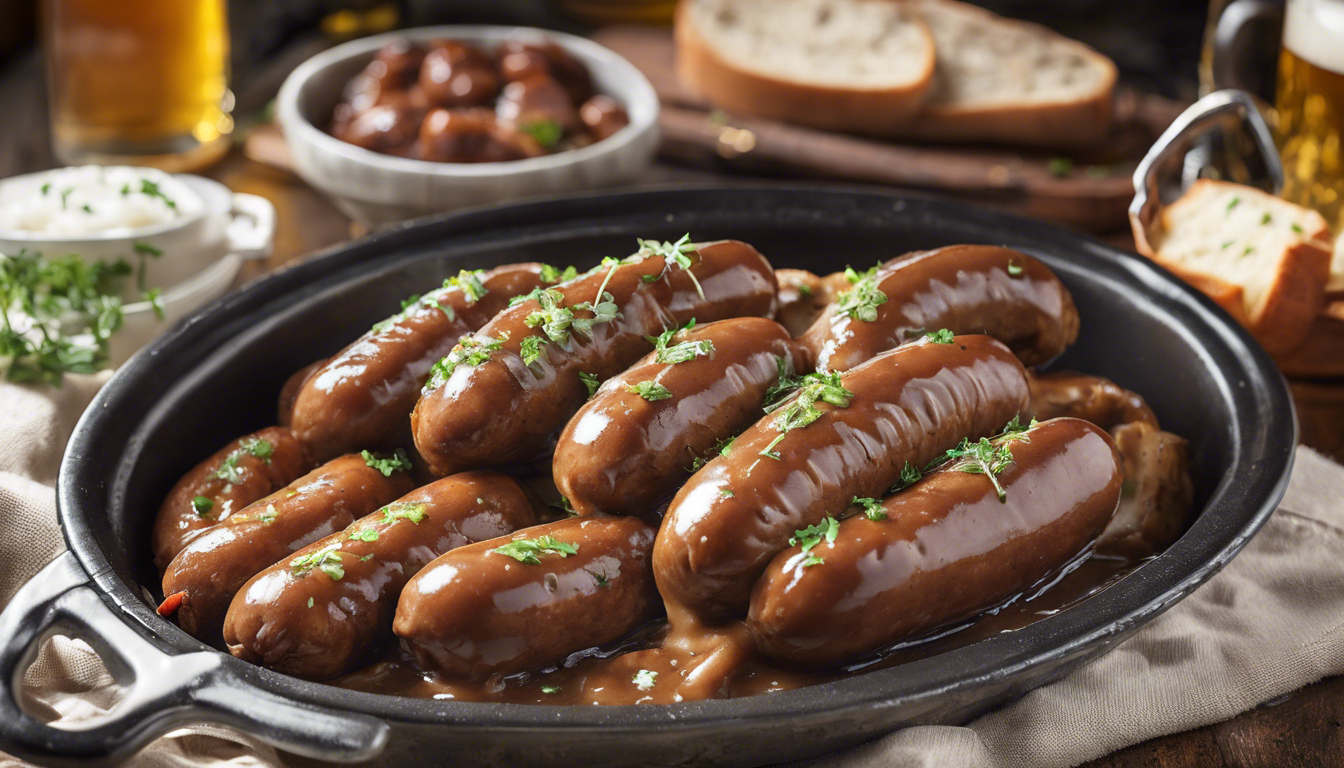
Ingredients and Equipment Needed
To begin crafting this exquisite dish, it’s essential to gather all the necessary ingredients and equipment. This will ensure a smooth cooking process and result in a meal that’s sure to impress. Here’s what you’ll need:
- Ingredients:
Once you have all your ingredients ready, make sure you have the following equipment on hand:
- Equipment:
- A heavy-bottomed pot or Dutch oven with a tight-fitting lid – essential for maintaining consistent heat and moisture during the braising process.
- A sharp knife – for preparing your ingredients.
- A cutting board – to help with ingredient preparation.
- Measuring cups and spoons – for precise ingredient measurements.
- A wooden spoon or spatula – for stirring and ensuring even cooking.
- Tongs – useful for turning and serving the meat.
Having the right ingredients and equipment at your disposal will set the foundation for a successful braised dish. Make sure each item is prepared and within reach before you begin cooking to streamline your culinary experience.
Step-by-Step Braising Instructions
Braising is a cooking method that involves searing at a high temperature and then cooking slowly in liquid. It’s an excellent way to tenderize tougher cuts of meat and infuse them with robust flavors. Here’s how to braise your dish to perfection:
- Preheat your pot: Begin by heating your heavy-bottomed pot or Dutch oven over medium-high heat. You want the pot to be hot enough to sear the meat.
- Sear the meat: Pat your meat dry with paper towels to ensure a good sear. Season it generously with salt and pepper. Add a little oil to the pot and sear the meat on all sides until it develops a rich, brown crust. This step is crucial for flavor development.
- Sauté the aromatics: Once the meat is seared, remove it from the pot and set it aside. In the same pot, add your aromatics such as onions, garlic, or carrots. Cook them until they start to soften and become fragrant.
- Deglaze the pot: Pour in a splash of wine, broth, or another liquid to deglaze the pot, scraping up any browned bits from the bottom with your wooden spoon. These bits are packed with flavor and will enhance your braising liquid.
- Add the braising liquid: Return the meat to the pot and add enough of your chosen braising liquid to come about halfway up the sides of the meat. The liquid should not cover the meat entirely as this could result in boiling rather than braising.
- Bring to a simmer: Bring the liquid to a gentle simmer, then cover the pot with a tight-fitting lid. This will trap the moisture and heat, which is essential for the slow cooking process.
- Transfer to the oven: Preheat your oven to a low temperature, around 300°F (150°C). Carefully move your covered pot from the stovetop to the oven. The consistent, all-around heat of the oven ensures even cooking.
- Braise until tender: Let your dish cook slowly in the oven for several hours. The exact time will depend on the type and cut of meat you’re using. Check periodically to ensure there’s still enough liquid and that the meat is not drying out.
- Check for doneness: The dish is ready when the meat is fork-tender and easily pulls apart. If it’s not quite there yet, continue cooking and check every 30 minutes until it reaches the desired tenderness.
- Rest before serving: Once done, remove the pot from the oven and let it rest with the lid on for about 15 minutes before serving. This allows the juices to redistribute throughout the meat.
Remember that patience is key when braising. Rushing the process can result in tough meat, so give it time to slowly tenderize and absorb all the flavors from your braising liquid and aromatics. Enjoy the rich, deep flavors that only braising can provide!
Serving Suggestions and Pairings
After investing hours into braising your dish to tender perfection, the final step is to present it in a way that complements its rich flavors and succulent texture. Serving suggestions are crucial as they can enhance the overall dining experience. Here are some ideas to elevate your braised masterpiece:
- Plating: Serve the meat on a warm plate, spooning over some of the reduced braising liquids as a sauce. The glistening sauce not only adds flavor but also gives the dish an appealing aesthetic.
- Side Dishes: Pair your braised dish with sides that can absorb the sauce and complement its hearty nature. Creamy mashed potatoes, polenta, or a simple loaf of crusty bread are excellent choices. For a healthier option, consider serving with a side of steamed vegetables or a fresh salad.
- Garnishes: A sprinkle of fresh herbs such as parsley, thyme, or chives can add a pop of color and a burst of freshness that cuts through the richness of the braise.
- Wine Pairings: A well-chosen wine can enhance the flavors of your braised dish. Red meats typically pair well with full-bodied red wines like Cabernet Sauvignon or Merlot, while white meats and poultry may be complemented by lighter reds or robust white wines such as Chardonnay.
Remember to consider the seasonings and spices used in your braise when selecting pairings. The goal is to balance the flavors without overpowering the star of the meal—the braised meat. With these serving suggestions, you’re sure to create an unforgettable dining experience that showcases your culinary skills and the depth of flavor achieved through braising.
